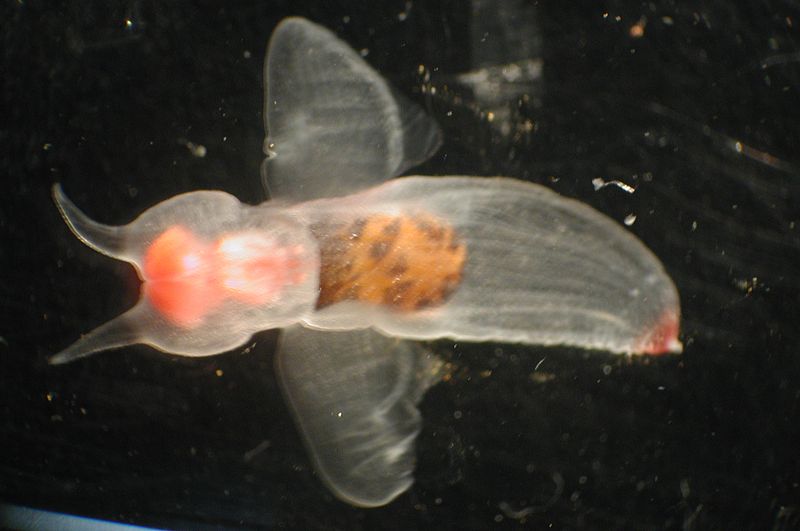 Hello, Frank Indiviglio here. Aquarists have long known that Discus Fish (Symphysodon spp.) produce mucus with which to feed their young. However, recent studies revealed unexpected new parenting behaviors, leading some ichthyologists to compare them to mammals. Just as surprising is the discovery that the European Eelpout (Zoarces viviparus), a commercially valuable marine fish, actually suckles it young with a milk-like secretion!
Hello, Frank Indiviglio here. Aquarists have long known that Discus Fish (Symphysodon spp.) produce mucus with which to feed their young. However, recent studies revealed unexpected new parenting behaviors, leading some ichthyologists to compare them to mammals. Just as surprising is the discovery that the European Eelpout (Zoarces viviparus), a commercially valuable marine fish, actually suckles it young with a milk-like secretion!
Weaning Behavior
The surprising new information about Discus appeared in the October 29, 2010 issue of the Journal of Experimental Biology. While observing a breeding colony of the much-admired South American fishes, University of Plymouth (UK) biologists noticed that both parents avidly fed the young with mucus secretions for 2 weeks. The fry were allowed to feed from an adult’s body for approximately 10 minutes, after which the ravenous little fellows were “flicked” onto the mate for more food. Read More »
 That Fish Blog – Aquarium Advice and Information
That Fish Blog – Aquarium Advice and Information



